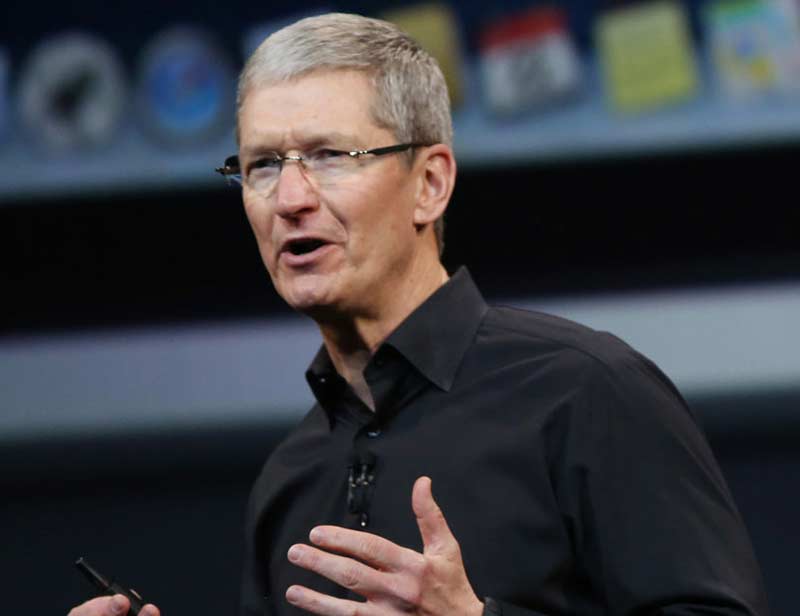Apple Inc., which issued the biggest green bond ever sold by a U.S. corporation last year to finance projects fighting global warming, is doing it again.

On Tuesday, June 23, 2017 the iPhone maker issued a $1 billion green bond to fund renewable energy generation. It builds on $1.5 billion worth of bonds the Cupertino, California-based company sold a year ago to further its goal of running 100 percent of its operations on renewable energy.
While companies in recent years have issued tens of billions of dollars in green bonds for projects that cut global-warming emissions, the size of Apple’s first issuance fueled speculation that other companies would follow. Its latest one comes less than two weeks after President Donald Trump decided to pull the U.S. out of the Paris climate accord, an international pact to curb greenhouse-gas emissions signed by almost 200 countries.
“Leadership from the business community is essential to address the threat of climate change,” Lisa Jackson, Apple’s vice president of environment, policy and social initiatives, said in the statement. The company was among those that signed an open letter pledging to continue supporting efforts to meet the Paris agreement, and Apple Chief Executive Officer Tim Cook said last week that he sought to persuade the president not to withdraw.
Renewable Energy
Apple’s latest bonds, maturing in 2027, will yield 95 to 100 basis points more than Treasuries, according to a person with knowledge of the matter, who asked not to be named because the deal is private. They are expected to be rated Aa1, the person said.
The sale was arranged by Bank of America Corp., Goldman Sachs Group Inc. and JPMorgan Chase & Co.
Apple said it plans to use the proceeds to finance projects involving renewable energy resources and energy efficiency, among other things. The latest bond offering includes a focus on advancing Apple’s goal of a closed-loop supply chain, through which products are made using only renewable resources and recycled material.
The debt issuance means Apple doesn’t have to tap its vast offshore cash reserves to fund its renewables projects. The company is investing in solar energy, hydroelectric plants and biogas facilities in Oregon, North Carolina, Nevada, Arizona and California, including $850 million on a 130-megawatt solar farm near San Francisco over the next quarter century, and has received permission to sell power to the wholesale energy markets.
Even with cash and equivalents totaling $257 billion, Apple has issued debt totaling $99 billion to fund stock buybacks and dividends, because most of that money is held outside the U.S. and would be subject to a 35 percent corporate income tax if it were repatriated.
Bloomberg New Energy Finance (BNEF) is an industry research firm focused on helping energy professionals generate opportunities. With a team of experts spread across six continents, BNEF provides independent analysis and insight, enabling decision-makers to navigate change in an evolving energy economy.
Courtesy: Bloomberg
